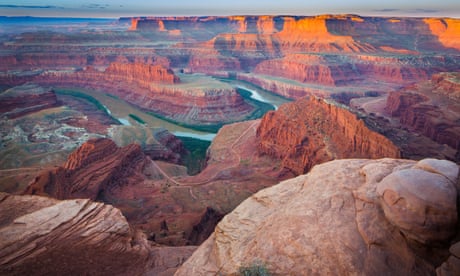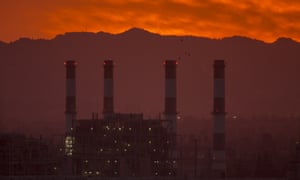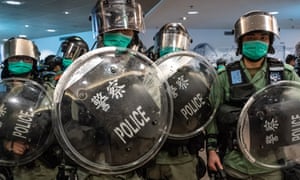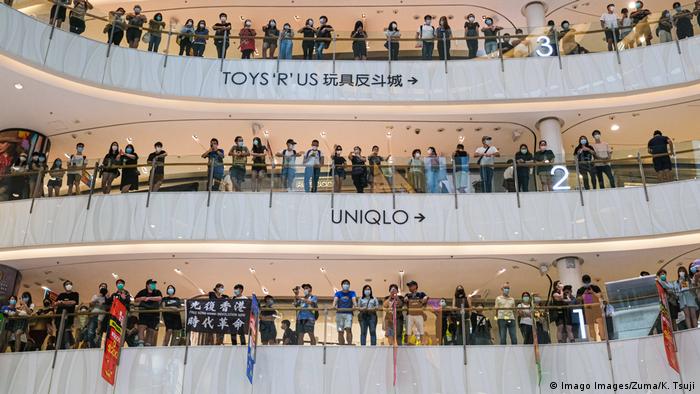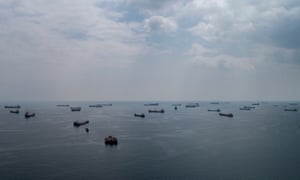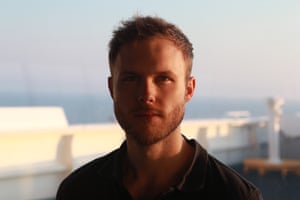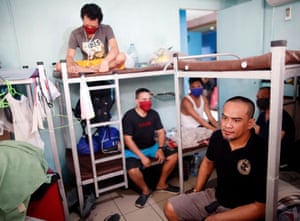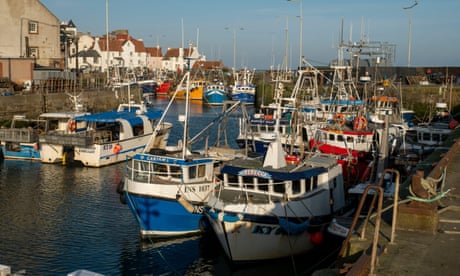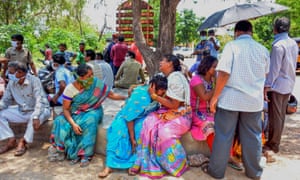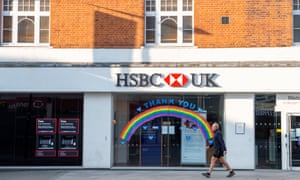Researchers have observed mutations in some strains that may help the virus spread
Ian Sample Science editor Sun 10 May 2020
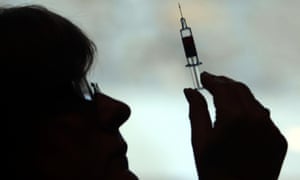
Scientists are keeping a close eye on genome mutations to prevent a coronavirus vaccine that only works against some strains. Photograph: David Cheskin/PA
Scientists have found evidence for mutations in some strains of the coronavirus that suggest the pathogen may be adapting to humans after spilling over from bats.
The analysis of more than 5,300 coronavirus genomes from 62 countries shows that while the virus is fairly stable, some have gained mutations, including two genetic changes that alter the critical “spike protein” the virus uses to infect human cells.
Researchers at the London School of Hygiene and Tropical Medicine stress that it is unclear how the mutations affects the virus, but since the changes arose independently in different countries they may help the virus spread more easily.
The spike mutations are rare at the moment but Martin Hibberd, professor of emerging infectious diseases and a senior author on the study, said their emergence highlights the need for global surveillance of the virus so that more worrying changes are picked up fast.

When will a coronavirus vaccine be ready?
“This is exactly what we need to look out for,” Hibberd said. “People are making vaccines and other therapies against this spike protein because it seems a very good target. We need to keep an eye on it and make sure that any mutations don’t invalidate any of these approaches.”
Studies of the virus revealed early on that the shape of its spike protein allowed it to bind to human cells more efficiently than Sars, a related virus that sparked an outbreak in 2002. The difference may have helped the latest coronavirus infect more people and spread rapidly around the world.
Scientists have found evidence for mutations in some strains of the coronavirus that suggest the pathogen may be adapting to humans after spilling over from bats.
The analysis of more than 5,300 coronavirus genomes from 62 countries shows that while the virus is fairly stable, some have gained mutations, including two genetic changes that alter the critical “spike protein” the virus uses to infect human cells.
Researchers at the London School of Hygiene and Tropical Medicine stress that it is unclear how the mutations affects the virus, but since the changes arose independently in different countries they may help the virus spread more easily.
The spike mutations are rare at the moment but Martin Hibberd, professor of emerging infectious diseases and a senior author on the study, said their emergence highlights the need for global surveillance of the virus so that more worrying changes are picked up fast.

When will a coronavirus vaccine be ready?
“This is exactly what we need to look out for,” Hibberd said. “People are making vaccines and other therapies against this spike protein because it seems a very good target. We need to keep an eye on it and make sure that any mutations don’t invalidate any of these approaches.”
Studies of the virus revealed early on that the shape of its spike protein allowed it to bind to human cells more efficiently than Sars, a related virus that sparked an outbreak in 2002. The difference may have helped the latest coronavirus infect more people and spread rapidly around the world.
Scientists will be concerned if more extensive mutations in the spike protein arise, not only because they may alter how the virus behaves. The spike protein is the main target of leading vaccines around the world, and if it changes too much those vaccines may no longer work. Other potential therapies, such as synthetic antibodies that home in on the spike protein, could be less effective, too.
“This is an early warning,” Hibberd said. “Even if these mutations are not important for vaccines, other mutations might be and we need to maintain our surveillance so we are not caught out by deploying a vaccine that only works against some strains.”
The scientists analysed 5,349 coronavirus genomes that have been uploaded to two major genetics databases since the outbreak began. By studying the genetic makeup of the viruses, the scientists worked out how it has diversified into different strains and looked for signs that it was adapting to its human host.
In an unpublished study that has yet to be peer reviewed, the researchers identified two broad groups of coronavirus that have now spread globally. Of the two spike mutations, one was found in 788 viruses around the world, with the other present in only 32.
The study shows that, until January, one group of coronaviruses in China escaped detection because they had a mutation in the genetic region that early tests relied on. More recent tests detect all of the known types of the virus.
Last month, an international team of scientists used genetic analyses to show that the coronavirus likely originated in bats and was not made in a lab as some conspiracy theorists have claimed.
/cdn.vox-cdn.com/uploads/chorus_image/image/66708104/GettyImages_1210348504.0.jpg)


